Developing Film at Home
2023/02/17
Impractical, Yet Compelling
There is something about shooting film that feels much more tactile and real than digital. The photographer must be deliberate with all their shots owing to the cost of each exposure, as well as the limited capacity of each roll of film. Everything is manual and mechanical, and all exposure settings must be paid attention to in the process of shooting. And then there are the negatives themselves, the anticipation of waiting for your results from the lab, the intrinsically physical nature of the results. But enough of the condescending metaphors——what really takes the experience of film above and beyond, is developing film yourself. Shooting film is one thing, but developing it is a whole other experience, and one that puts the entire process much more under the photographer's control. Moreover, in the case of black and white film, developing at home is much cheaper and faster than developing at a lab. Sure, if cost is your concern, you could go the practical route and shoot digital, but using funny chemicals to conjure images on strips of plastic is a lot cooler. By the time of writing this I have finished first semester of the year, and now have a lot more free time, so around two weeks ago I bought a film developing kit and developed a roll of Ilford XP2 professional I had shot with my Kodak Brownie. Here are the results:
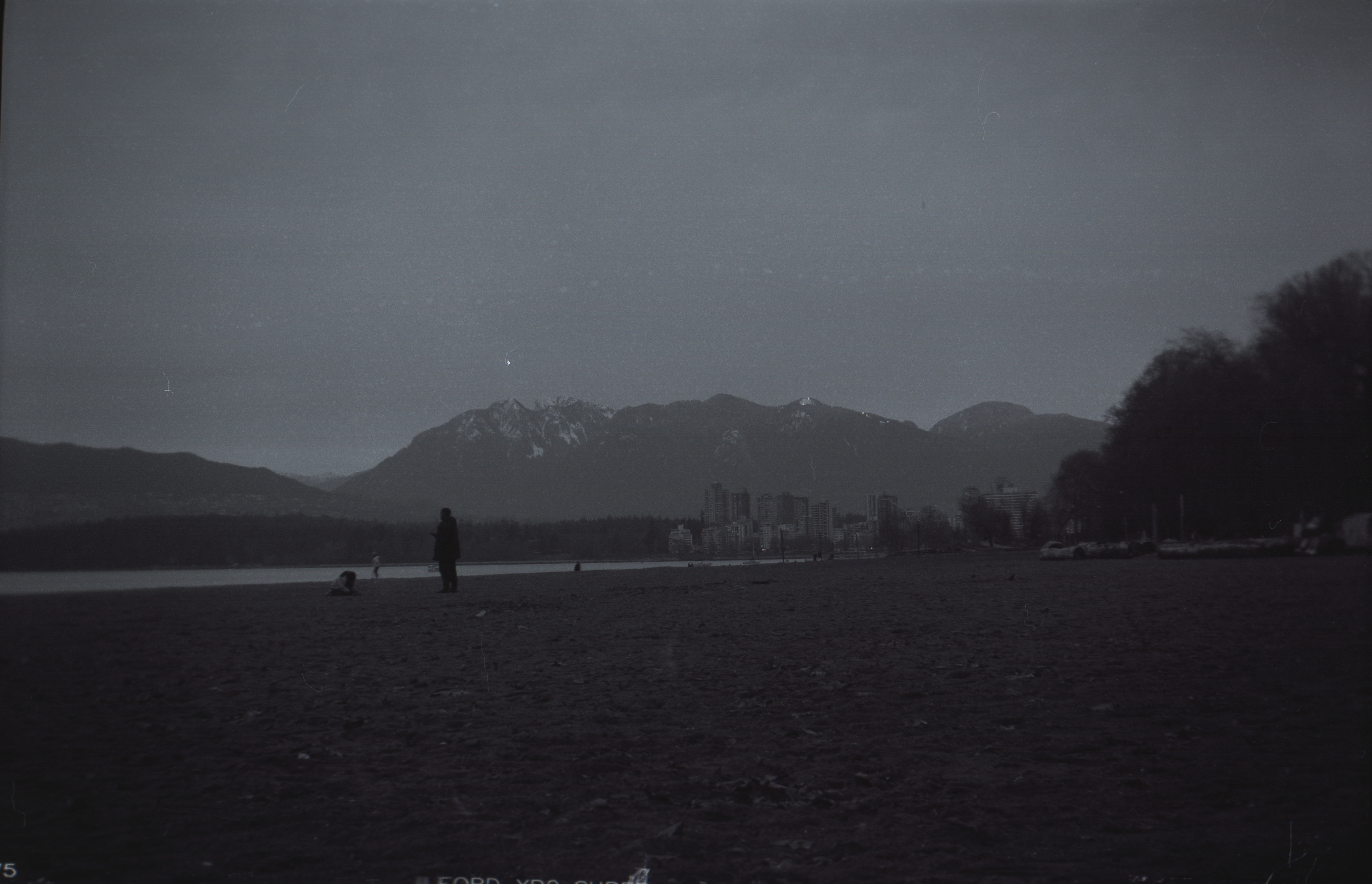
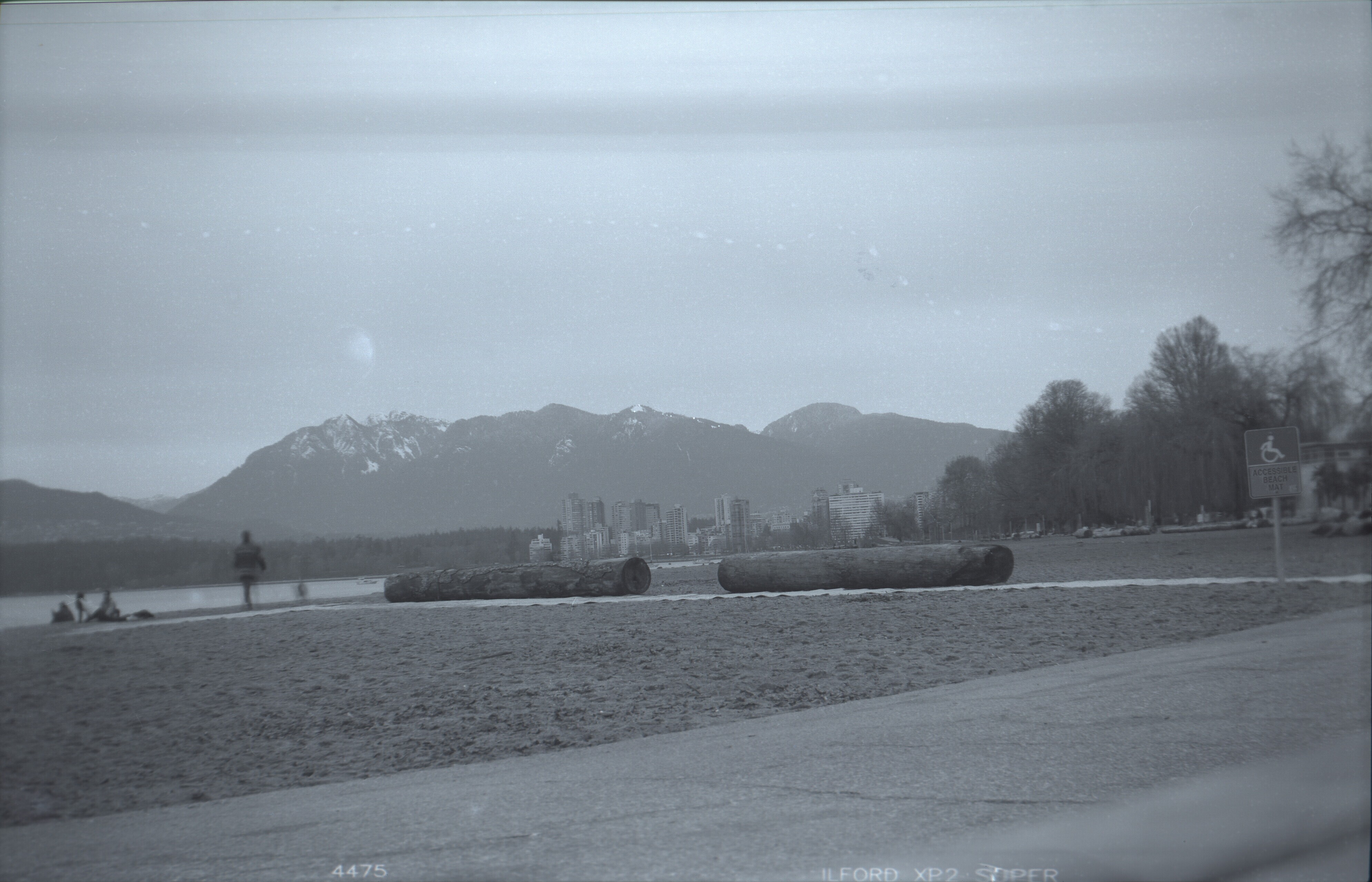


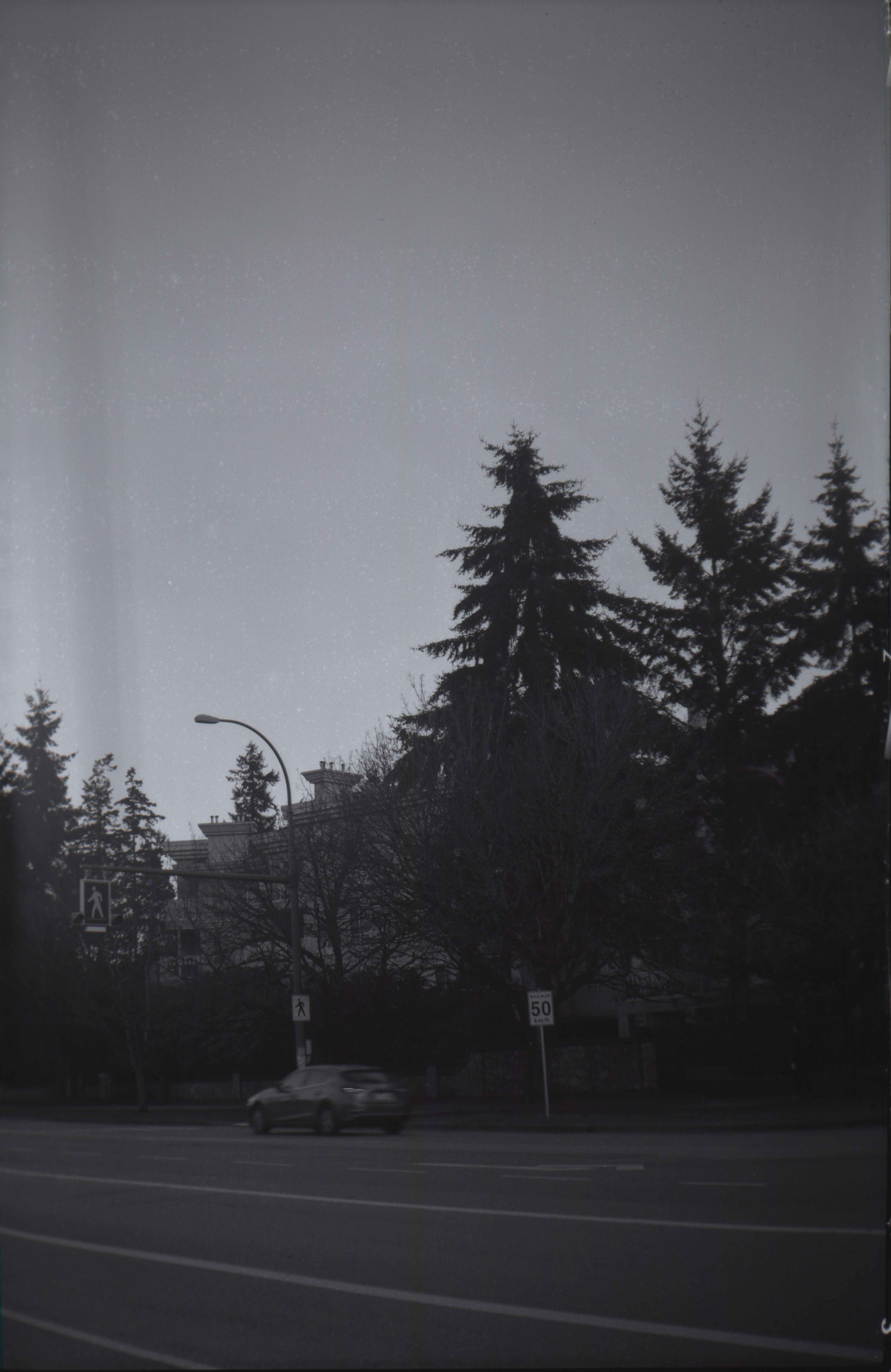

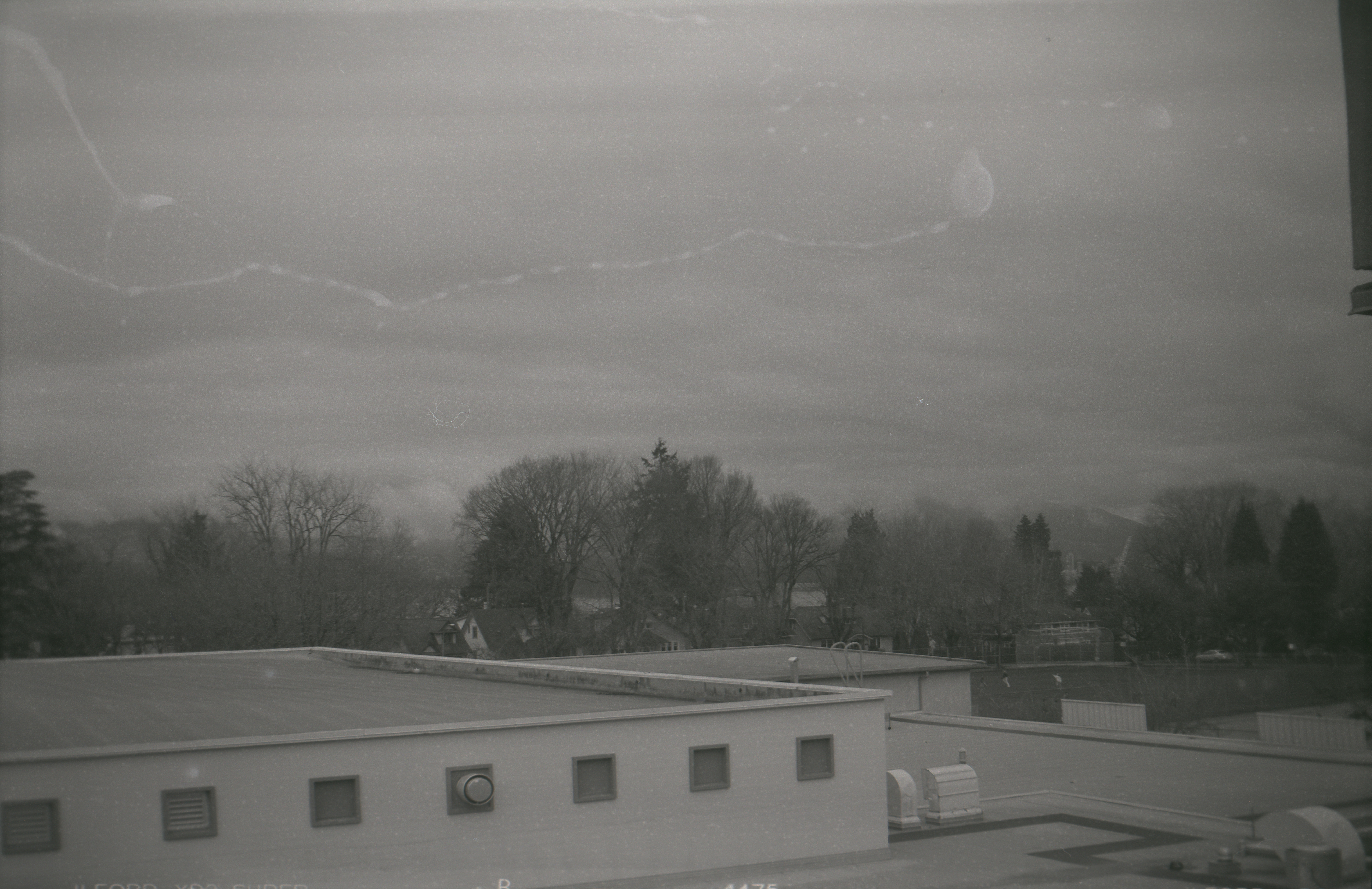
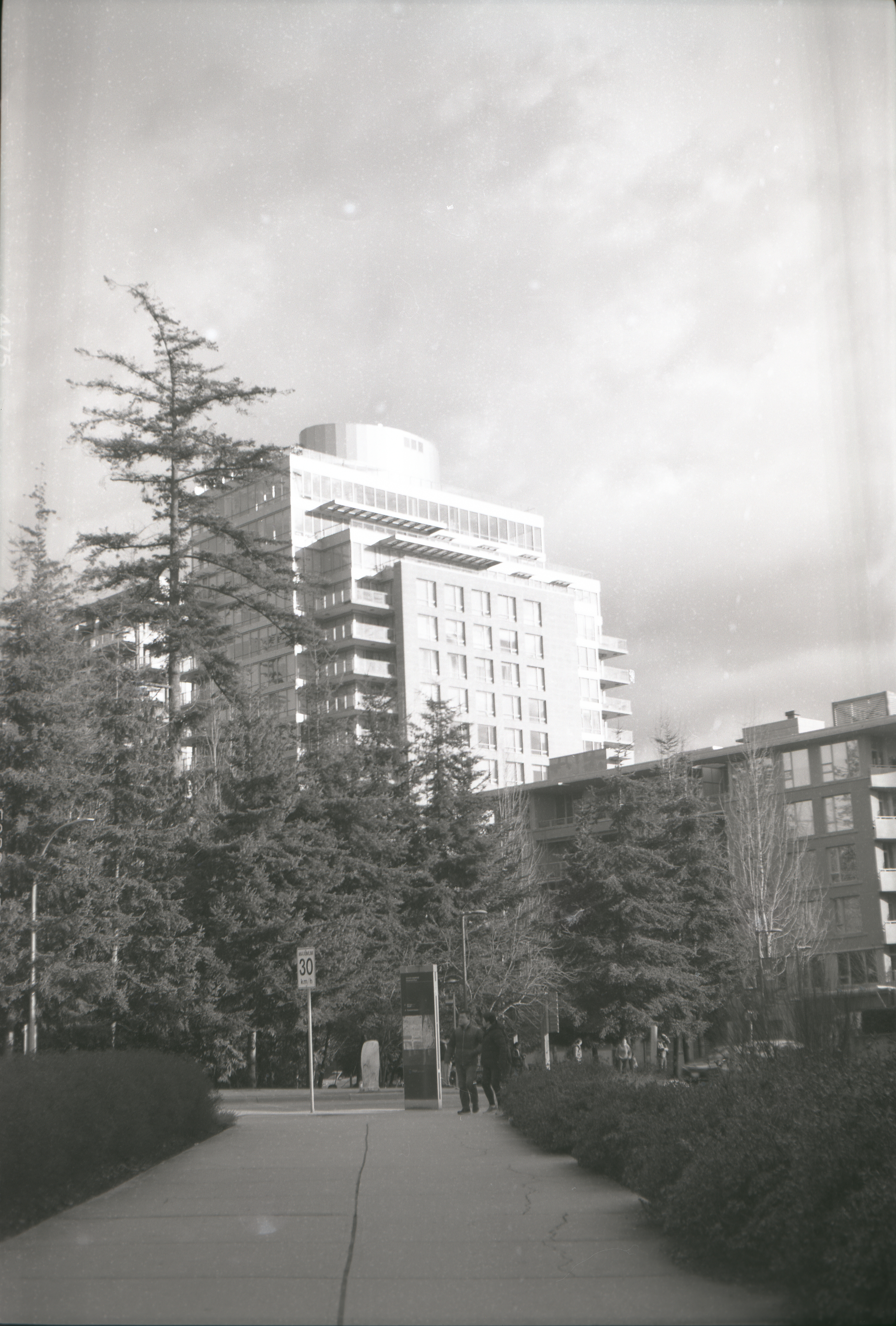
The Fear of Messing Up
It's exciting to develop film yourself, but also kind of scary. Throughout the whole process the fear of messing up reigns free over everything else, and this was especially true during my first time. What if I didn't agitate the chemicals properly? What if I used the wrong mixture, or the wrong temperature, or neglected to consider a key factor in the process? From loading the film in the tank in the darkbag to rinsing it off at the end of the process, I had no idea what to expect. Fortunately, I followed all the instructions properly, and black and white film is pretty forgiving, so the images came out well. But for about forty-five minutes I worried that the memories I had spent so long to capture would be permanently lost. That's the thing about home developing——you are far more in control of the process, but also responsible for any mess-ups and failures. Still, it felt kind of profound for me, doing a thing that photographers have probably done for more than a century, using old knowledge in a new age and keeping the process alive in a time when black and white film should by all accounts have been obsolete since the 60s.
The Second Roll
Encouraged by the success of my first roll, I decided to buy a roll of Ilford HP5 Plus and load it into my now-repaired Pentax Spotmatic SP. Even though I had already successfully developed a roll of film, I still only really took photos I could afford to lose with this new roll, reserving the special moments and scenes for the roll of Fujifilm Superia 200 in my Minolta Hi-Matic F. After about a week, I had gone through all thirty-six exposures, and was ready to develop. Getting the 35mm film out of the cartridge and onto the developing tank spool was quite a bit harder than the 120 film I had first developed, as I had to use a bottle opener in the darkbag and account for the leader bit when loading, but I eventually got it in and processed it without messing up. Here are some of my favourites from the roll:
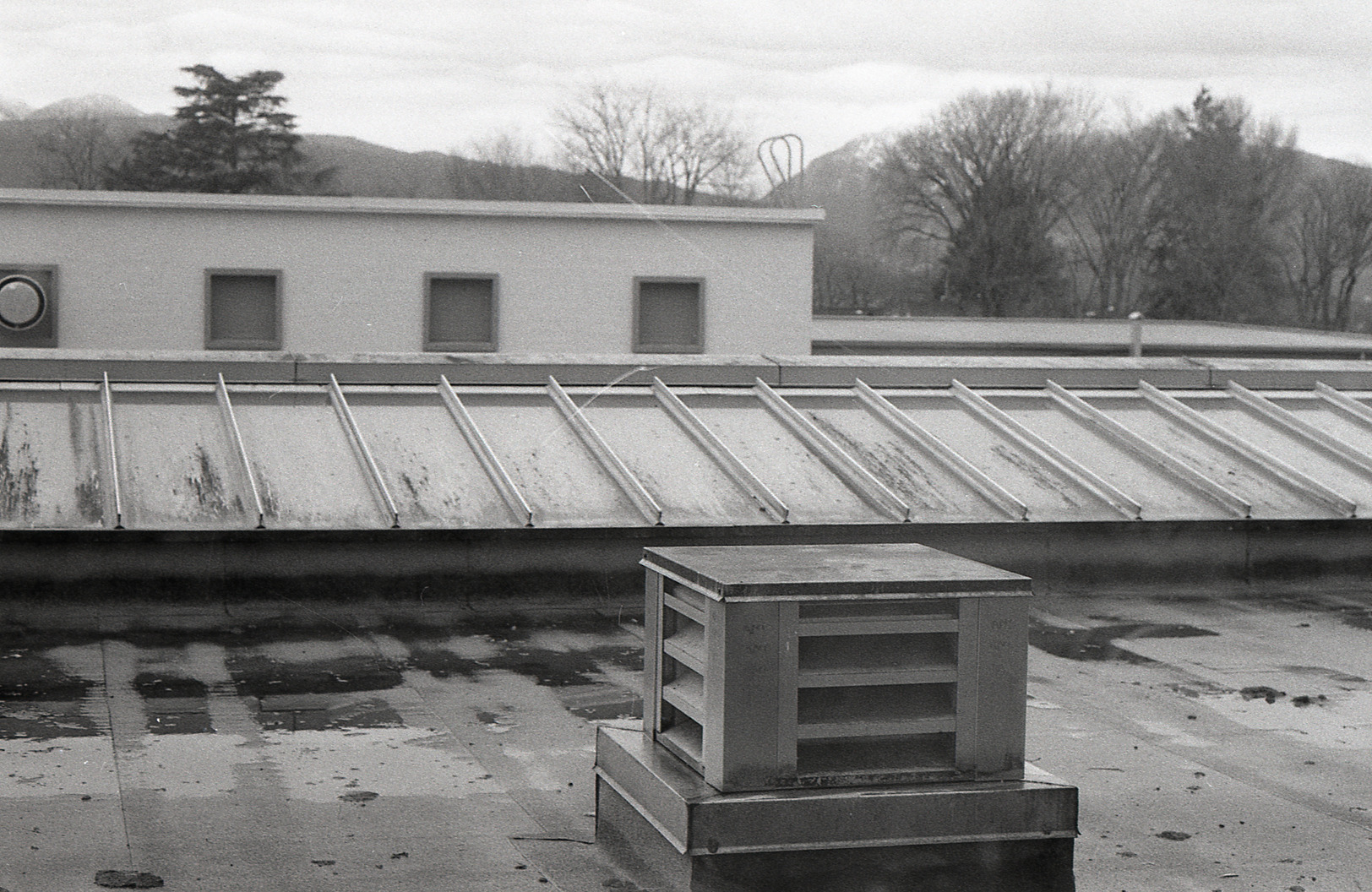



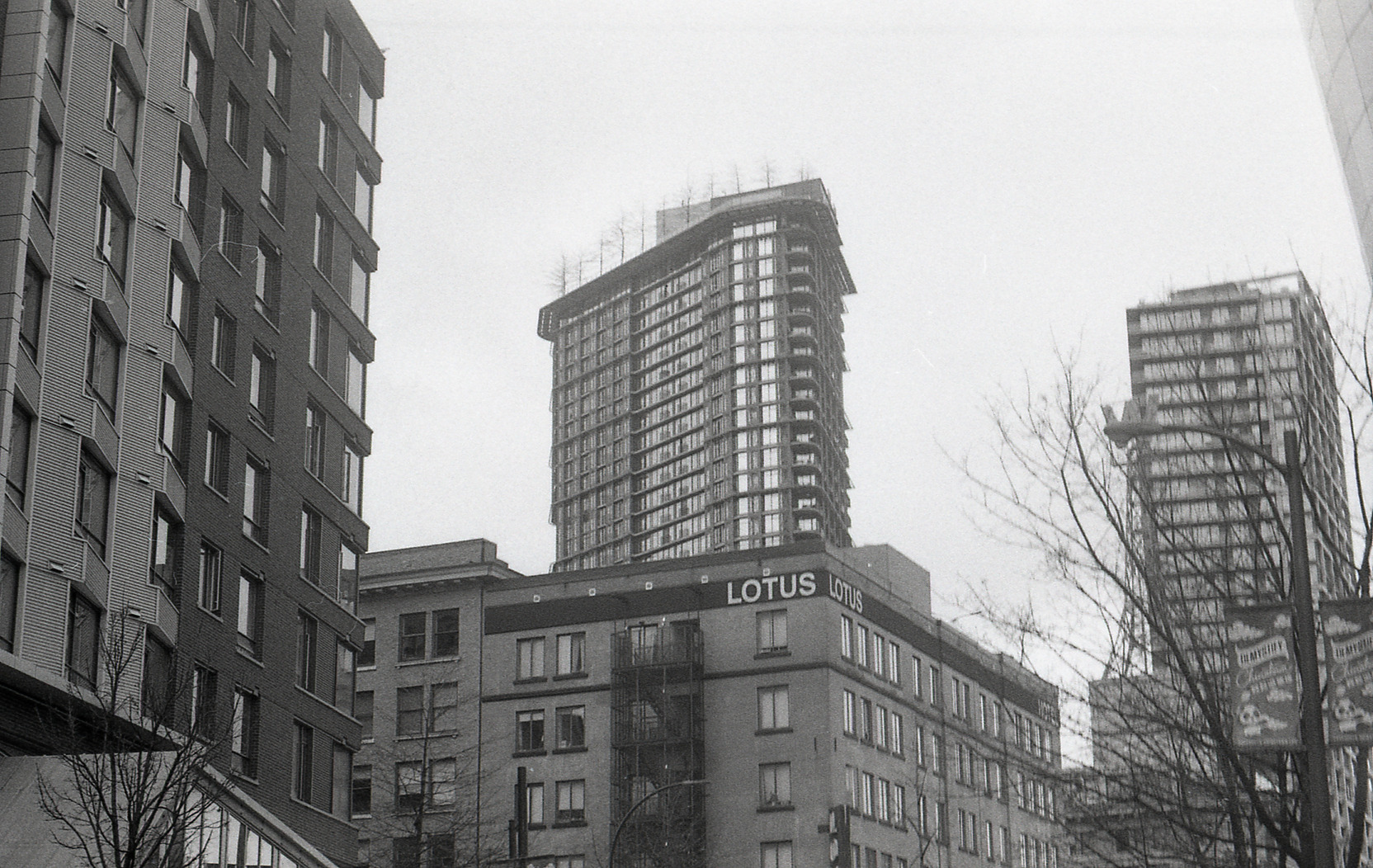
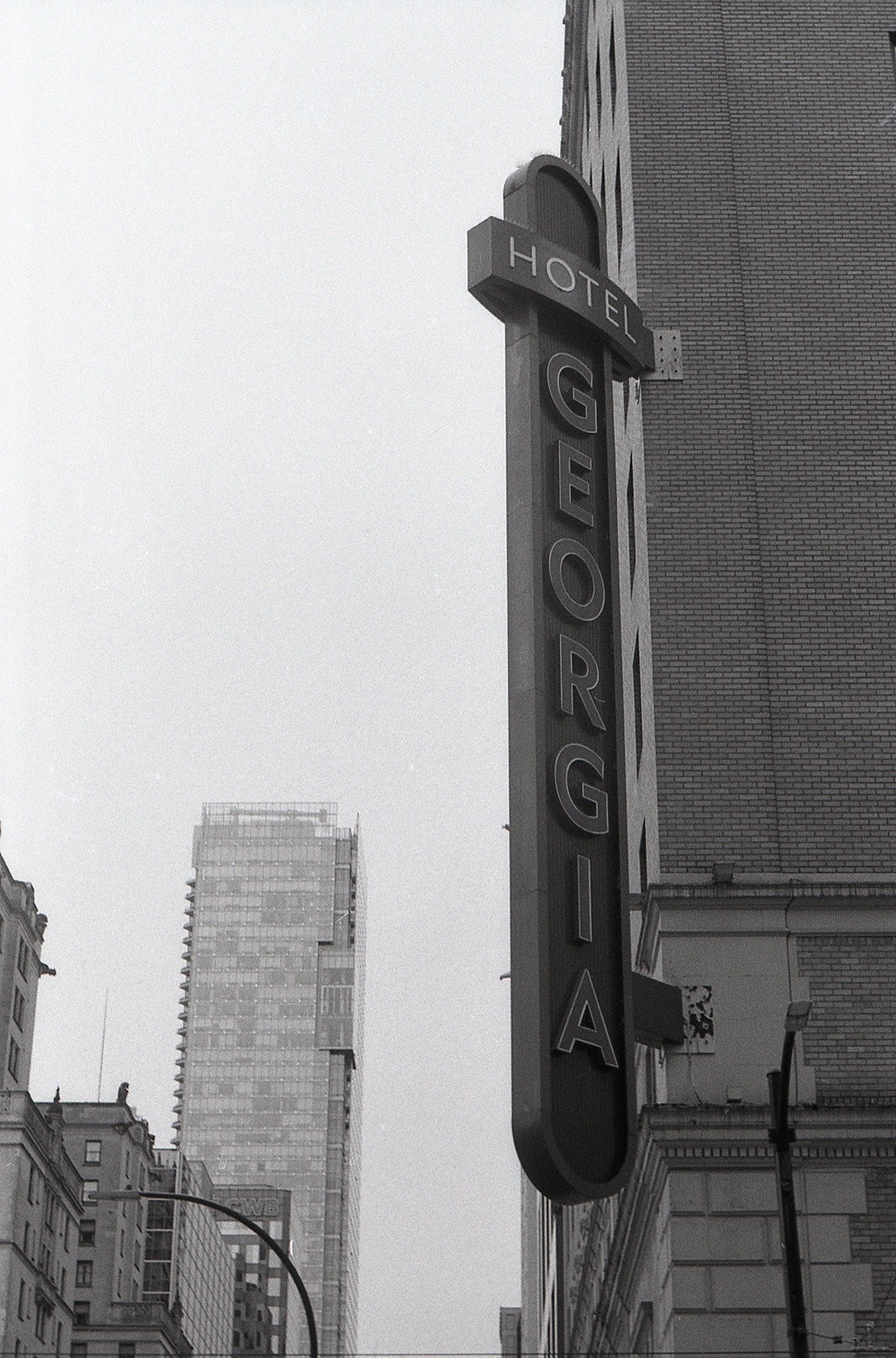
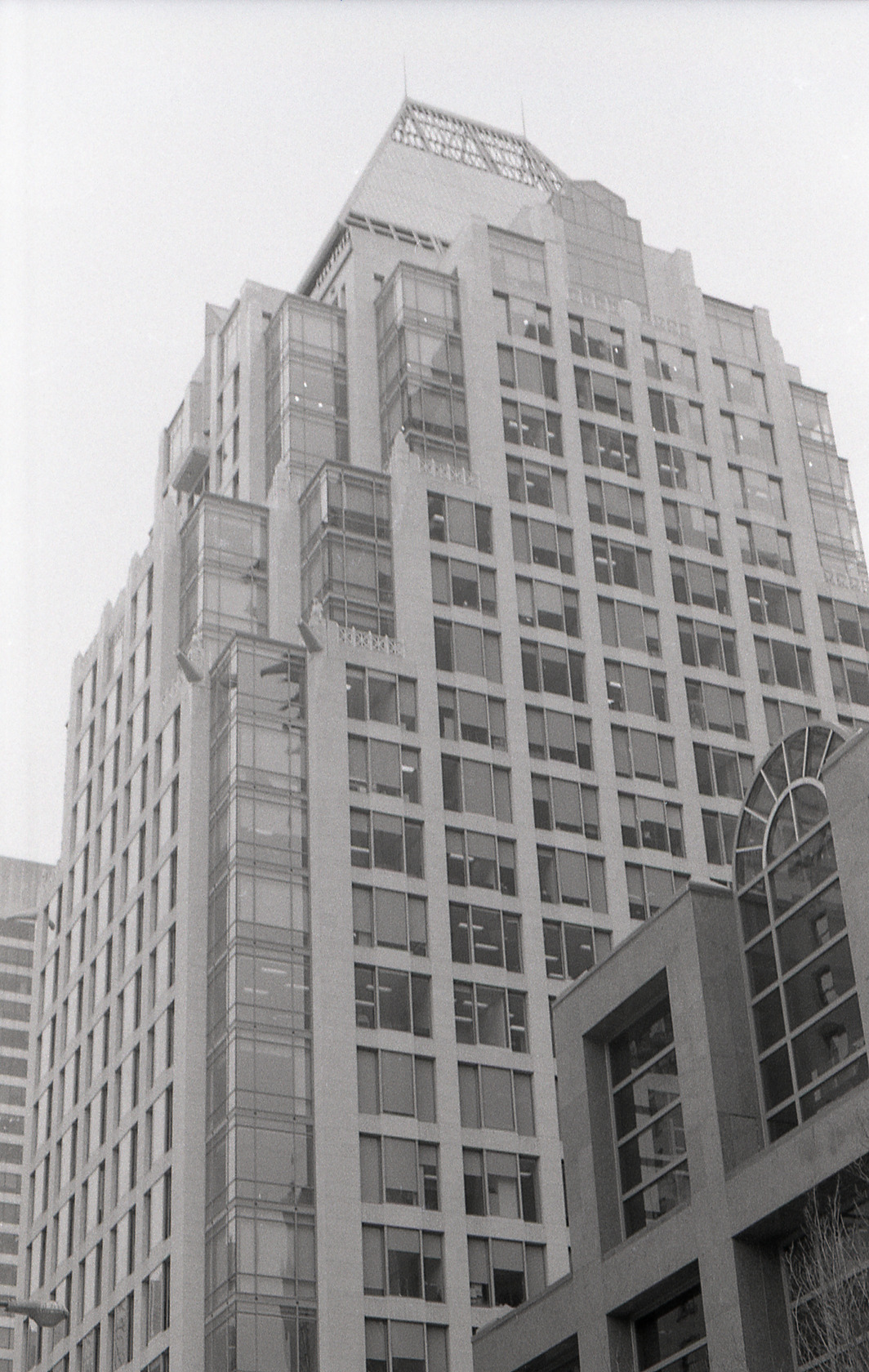
These can also be found in the Gallery at the Sanctum.
Anyways, that's all I've got for now. Peace out, and have a good day!
